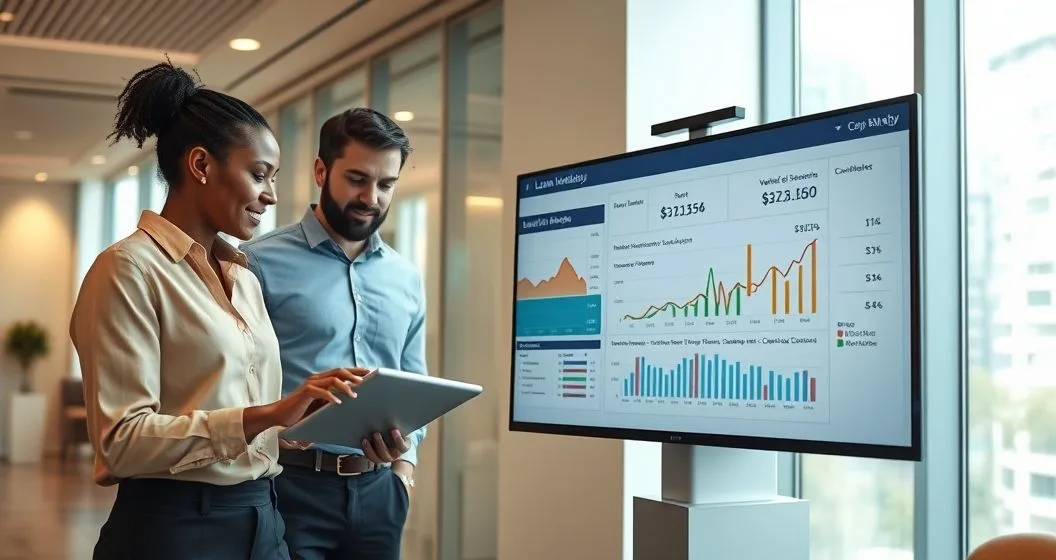Background and why it matters
Traditional credit scores rely on reported trade lines (credit cards, loans, public records). Millions of Americans have “thin” or nonexistent credit files and may be denied or priced out of credit. Lenders increasingly add alternative data to fill those gaps and identify creditworthy borrowers who don’t show up in standard models (Consumer Financial Protection Bureau).
In my work advising clients on loan applications, I’ve seen alternative data turn earlier denials into approvals—most often when consistent rent, utility or bank‑account signals showed reliable payment behavior even though the applicant had few tradelines.
How lenders collect and use alternative data
Lenders use two main paths:
- Direct permissioned access to consumer data (bank transactions, payroll, account balances) via secure aggregators.
- Purchased data from specialty reporting services or consumer reporting agencies that compile rent, utilities, telecom, and public records.
That data feeds into alternative scoring models or is used in manual underwriting. Common inputs include:
- Rent and utility payment history (reported to bureaus or verified by a landlord)
- Bank account cash‑flow and inflows (payroll deposits, gig platform receipts)
- Telecom and subscription payments (cell phone, streaming services)
- Public records and employment verification
- Limited behavioral signals (application consistency, device or IP flags) — used carefully because of privacy and bias concerns.
Providers such as credit bureaus and fintechs offer tools that add payments to a person’s credit profile (for example, rent/utility reporting services), and traditional scoring firms have developed models that accept alternative inputs (see Investopedia and CFPB discussions on model use).
Real‑world examples
- A borrower with no credit cards but five years of on‑time rent payments can qualify for a mortgage or personal loan if the lender accepts verified rent reporting (see our guide on rent and utility reporting).
- Gig workers often qualify when lenders underwrite using verified bank deposits and platform income instead of W‑2 history (see our page on alternative underwriting using cash flow).
Useful internal reading: FinHelp’s articles on how rent and utility reporting can improve credit scores and on alternative underwriting provide practical steps and lender expectations.
Who benefits and who should be cautious
- Benefits: thin‑file consumers (young adults, recent immigrants), self‑employed or gig workers, and consumers rebuilding credit.
- Be cautious: not all lenders accept the same alternative signals. Accuracy, completeness, and the method of collection matter. If alternative data is assembled into a consumer report used for credit decisions, it may fall under the Fair Credit Reporting Act (FCRA), which creates dispute and accuracy obligations.
Practical steps borrowers can take
- Document consistent payments: keep receipts for rent and utilities and ask landlords about reporting options.
- Link accounts selectively: when lenders request bank‑transaction access, review what data will be shared and the scope of permission. Many lenders request permissioned access through aggregators—consent is required.
- Use credit‑building products: secured cards, credit‑builder loans, and verified rent/utility reporting can create tradelines that complement alternative signals (see our credit‑builder tools).
- Ask lenders what alternative signals they accept and how they verify them—this improves preparation and reduces surprises during underwriting.
Risks, fairness, and regulation
Alternative data can increase access, but it also raises concerns about accuracy, privacy, and disparate impact. Regulators (including the CFPB) recommend careful testing for fairness and clear consumer disclosures. Lenders should document model validation and give consumers notice when adverse actions are based on credit reports or automated scoring.
Common misconceptions
- Alternative data guarantees approval: it only adds information. Approval still depends on lender policy, pricing thresholds, and the mix of signals.
- All alternative data is the same: data sources, verification standards, and scoring approaches vary widely.
Quick FAQ
- Can alternative data improve my chances? Yes—especially if you have limited tradelines, but results vary by lender and product.
- What if I find incorrect alternative data? If it’s in a consumer report, you have dispute rights under the FCRA; otherwise, contact the source (landlord, utility, or data provider) to correct the record.
Professional disclaimer
This article is educational and not individualized financial advice. For a personalized assessment of your loan prospects, consult a licensed financial advisor or lender.
Authoritative sources
- Consumer Financial Protection Bureau — Using alternative data in credit decisions: https://www.consumerfinance.gov/
- Investopedia — Alternative data and credit scoring: https://www.investopedia.com/
Further reading on FinHelp:
- How rent and utility reporting can improve personal credit scores: https://finhelp.io/glossary/how-rent-and-utility-reporting-can-improve-personal-credit-scores/
- Alternative underwriting: Using cash flow instead of credit scores: https://finhelp.io/glossary/alternative-underwriting-using-cash-flow-instead-of-credit-scores/
- How thin credit files are evaluated using alternative data: https://finhelp.io/glossary/how-thin-credit-files-are-evaluated-using-alternative-data/



